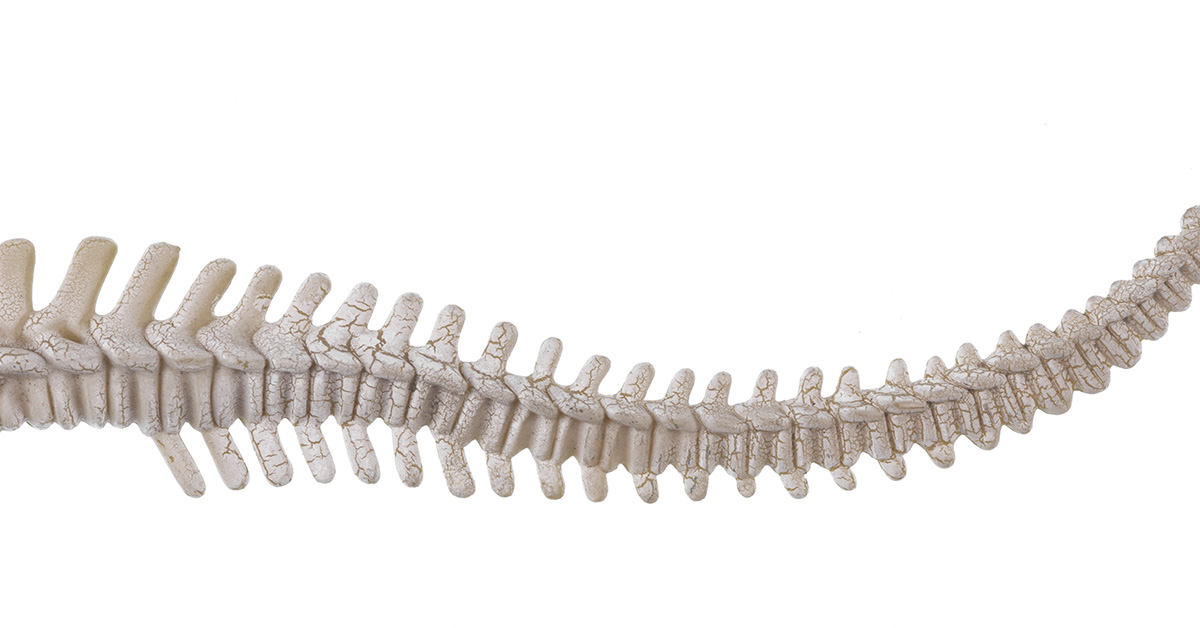Over the course of human history, one of the most striking changes remains that humans lost their tails. This major transformation, which seems to have taken place roughly 25 million years ago, marked a pivotal change in the evolutionary trajectory of our species and our primate relatives. While theories circulate on the cause of our tail loss, the genetic reasons remained a mystery until now. In a groundbreaking study recently published in the prestigious journal Nature, the genetics responsible for the disappearance of our tails is revealed.1
Humans Lost Their Tails: How did we get here?
Uncovering how humans lost their tails began with an unexpected source of inspiration. Bo Xia, a graduate student at New York University found himself questioning the origins of the human tailbone after suffering an injury to his own coccyx (tailbone). This curiosity led Xia and his colleagues on a scientific journey that would end in a groundbreaking discovery.
With meticulous investigation, the researchers studied the TBXT gene, a key player in tail length regulation across various other species. What they uncovered was a unique DNA mutation nestled within the gene, bringing forward a massive breakthrough in our understanding of human evolution.
Central to this revelation is the role of jumping genes, specifically Alu elements, in creating genetic diversity and driving evolutionary change. These Alu elements, peculiar to primates, wielded their influence by embedding themselves within the TBXT gene, a phenomenon that had profound implications for our species (literally the reason humans lost their tails).2
The insertion of Alu elements into the TBXT gene triggered a cascade of molecular events, resulting in alternative splicing—a process that, until now, went unrecognized in the context of tail evolution. This intricate mechanism, where RNA molecules are cut and rearranged, ultimately led to the loss of a crucial exon (any guesses which one?), altering the structure and function of the resulting protein (our tails).3
Read More: Grandmothers Played a Crucial Role in Human Evolution
From Mice to Men: Experimental Validation
To validate their findings, the researchers turned to laboratory mice, genetically engineering them to hold the same mutations observed in humans and apes. Once modified, these mice showed a striking resemblance to our tailless lineage (the mice lost their tails), which gives compelling evidence for the role of the identified genetic mutation.
However, the study also revealed a consequence of tail loss: an increased susceptibility to neural tube defects, in our case: spina bifida. This revelation shows the complex interplay between genetic adaptations and the potential trade-offs of evolutionary history.
So Humans Lost Their Tails, Now What?
The implications of this discovery extend far beyond the realm of evolutionary biology. This study gives profound insights into the intricacies of human anatomy and health. The loss of our tails, it appears, was not merely a fortuitous happenstance but a genetic adaptation with far-reaching consequences.4
As we look back on our evolutionary past, we are reminded of the intricate dance between genetic innovation and natural selection that has shaped the course of human history. The quest to unravel the mysteries of our origins continues on, driven by our curiosity and developed scientific minds.
So, we have uncovered the genetic reasoning as to why humans lost their tails, and it stands as a testament to the power of scientific inquiry and the relentless pursuit of knowledge. As we bask in the new steps taken in uncovering our origins, we should be reminded that the secrets of our past hold the key to unlocking the mysteries of our future.
Read More: ‘Rapid evolution’ means humans now being born without wisdom teeth
Sources
- “We finally know why humans don’t have tails.” Live Science. Jennifer Zieba. February 28, 2024.
- “How Humans Lost Their Tails.” Scientific American. Sara Novak. February 28, 2024.
- “On the genetic basis of tail-loss evolution in humans and apes.” Nature. Bo Xia, Weimin Zhang, Guisheng Zhao, Xinru Zhang, Jiangshan Bai, Ran Brosh, Aleksandra Wudzinska, Emily Huang, Hannah Ashe, Gwen Ellis, Maayan Pour, Yu Zhao, Camila Coelho, Yinan Zhu, Alexander Miller, Jeremy S. Dasen, Matthew T. Maurano, Sang Y. Kim, Jef D. Boeke and Itai Yanai. February 28, 2024.
- “Scientists think they finally know why humans don’t have tails.” Independent. Will Dunham. March 3, 2024.

